How to Measure Fitness Progress Without the Scale
There are many ways you can measure your fitness progress without stepping foot on a scale. Here are my five favorite ways you can measure your fitness progress.
I’m a body positive personal trainer with a HAES approach, which means I work with a lot of clients who don’t want to be put on a scale, have their body fat measurements taken, or use transformation photos as proof of achievements.
Because being able to show success and progress is part of running a service based business, I’ve created tons of ways for my clients to measure their fitness progress without using the scale.
Here are 5 ways you can measure fitness progress without the scale.
How to Measure Fitness Progress Without the Scale
#1 Take Notes
“Good science is good observation” is literally a quote from the movie Avatar, but it’s very true of fitness progress as well! I take notes during all my workouts with clients, from how hard an exercise was for them, to cues that were helpful, and I compare it over time as they get stronger and improve endurance. It’s really rewarding to look back after a month of workouts and remind a client that they felt a plank was impossible a few weeks ago and now they’re breezing through holding it for a minute.
Clients can do this on their own by making notes on their phone or having a notebook dedicated to their workouts.
#2 Record Weights, Reps, and Sets
There’s no way I could remember all the weight assignments for each exercise my clients do. They all have different weights they’re using for squats, bench presses, etc, so a crucial part of my job is recording how much and how many we do during each workout.
If your client is going for a flexibility goal, it’s helpful to use a measuring tape or take pictures to compare progress in a way that has nothing to do with size or appearance.
If you want to learn more about rep ranges, check out my blog post here.
#3 Sleep Habits and Perceived Pain
Poor sleep and chronic pain are common, but not ideal! Exercise and regular movement have been shown to improve both, and if a client is experiencing either, tracking their sleep quality as well as their perceived amount of pain can help to remind them of how far they’ve come using exercise as part of their self care routine. Using a rating scale of pain from 1-10, and recording how many hours of sleep they’re getting can show improvement that you won’t necessarily see in photos!
#4 Measure Endurance
Again, record the starting point (a client can run for 1 minute at a time) and the progress point (a client has worked up to running for 5 minutes uninterrupted, that’s a 500% increase!) can illustrate gains your client might have forgotten about. If a client struggles with endurance exercises, I’ll push them to hold a plank for 5 seconds more each week, or run for 30 more seconds than last week, because small wins add up over time!
#5 Photos and Videos That Aren’t About Weight Loss
Photos and videos can show progress that isn’t about weight loss. Range of motion and quality of movement are two things a client will be happy to see progress on that they might not notice in the mirror. I always ask for permission before taking images of clients, and definitely check before sharing or posting these.
Coming up with creative ways to track progress is one of my favorite things, so I’m going to link my Fitness Trackers Worksheet here so you can come up with your own ways to track progress outside of the scale. If you have a technique that’s been helpful to you that I didn’t mention, please share it in the comments, I love learning from others! Sign up below!
This content contains affiliate links, and as an Amazon Associate I earn from qualifying purchases at no extra cost to you.
What are some ways you track your progress without the scale? Let me know in the comments below!
This content contains affiliate links, and as an Amazon Associate I earn from qualifying purchases at no extra cost to you.





